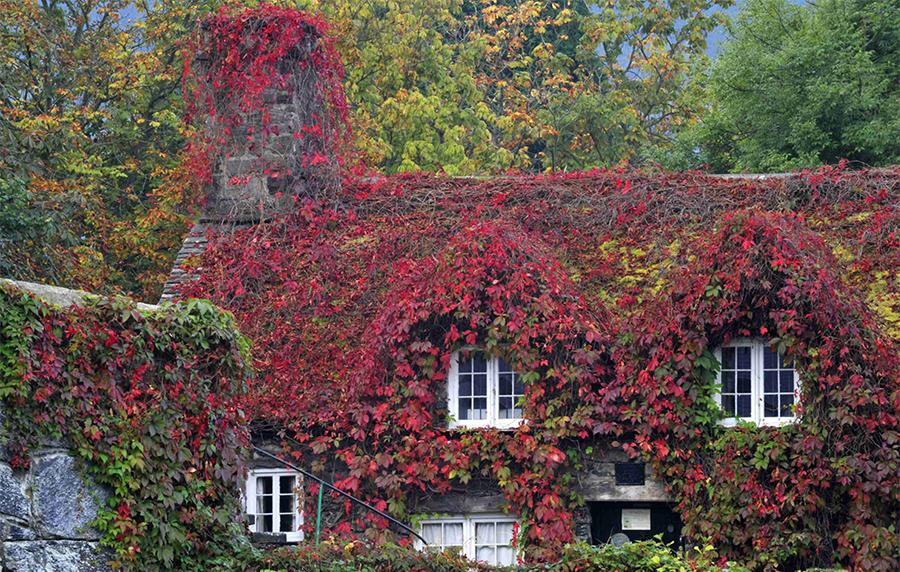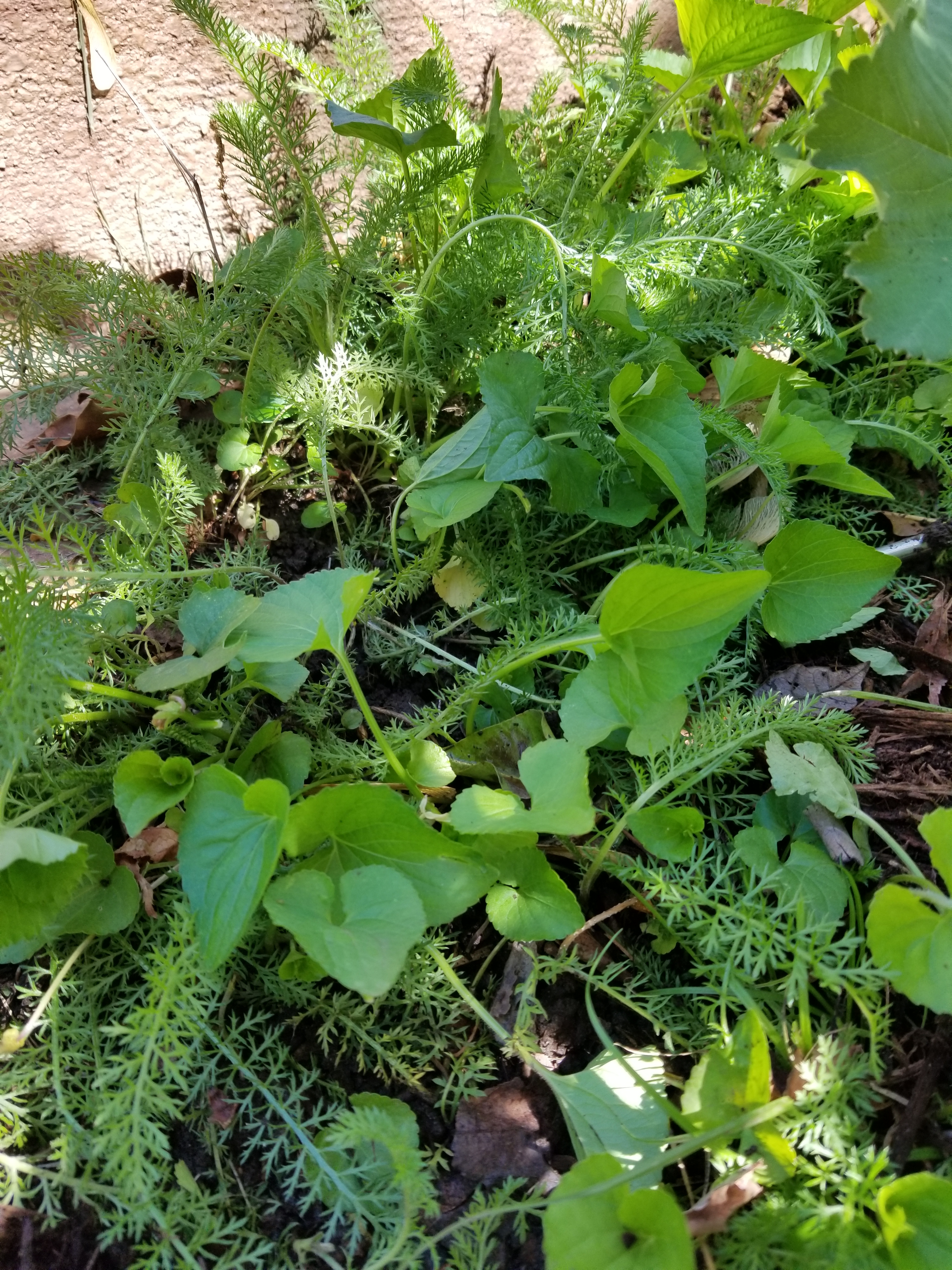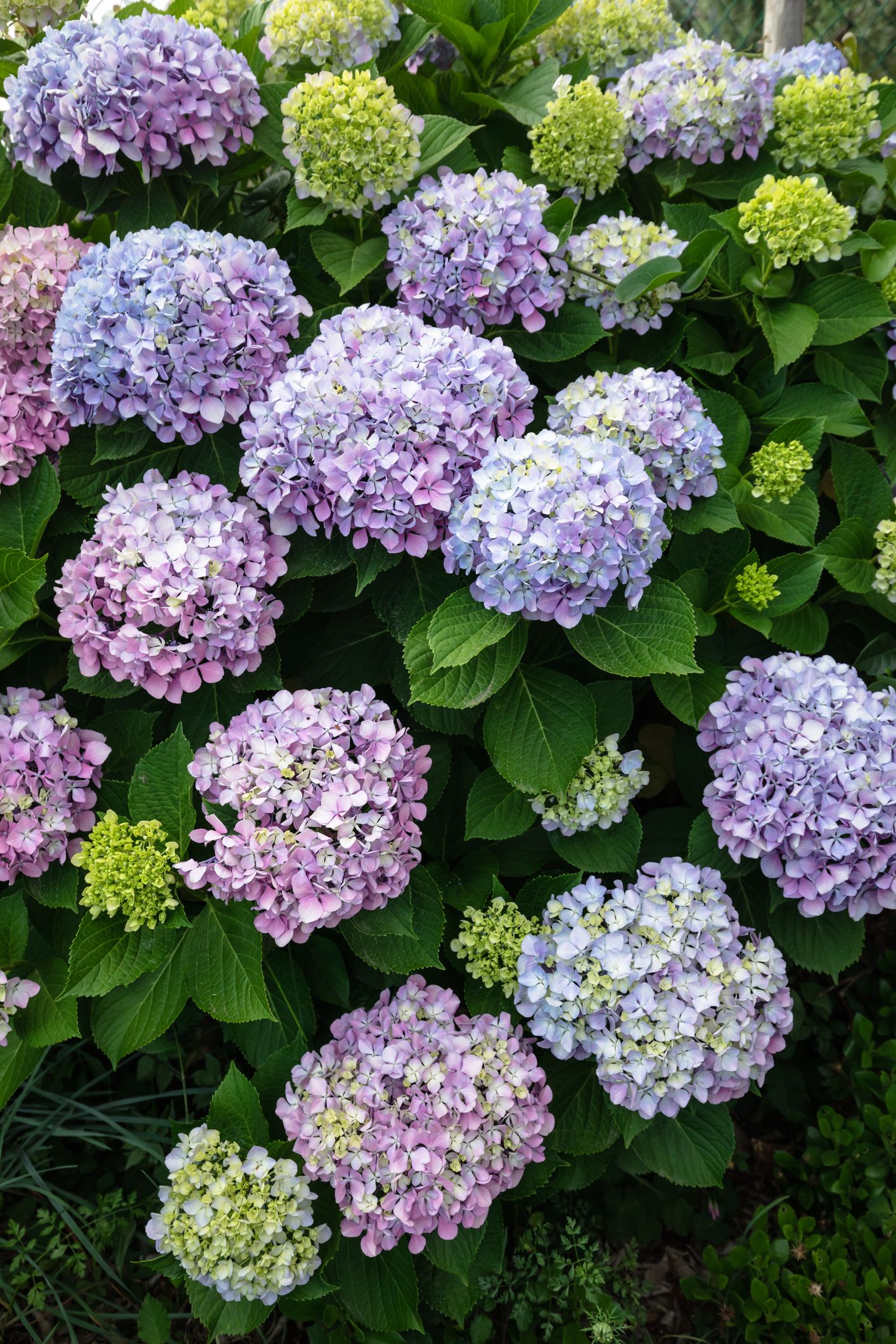The Ultimate Guide To Virginia Creeper Companion Plants
The Ultimate Guide to Virginia Creeper Companion Plants
Virginia creeper is a beautiful and versatile plant that can add a touch of fall color to any garden. It's also a relatively easy plant to care for, making it a good choice for even novice gardeners.
One of the best things about Virginia creeper is that it can be grown as a companion plant with a variety of other plants. This can help to improve the health and productivity of both plants, and can also help to attract beneficial insects and pollinators to the garden.
In this guide, we'll discuss the benefits of companion planting with Virginia creeper, and we'll recommend some of the best companion plants for this versatile vine.
Benefits of Companion Planting with Virginia Creeper
There are many benefits to companion planting with Virginia creeper, including:
- Improved plant health: Companion plants can help to protect each other from pests and diseases. For example, Virginia creeper can help to deter pests such as Japanese beetles and aphids.
- Increased productivity: Companion plants can also help to increase the productivity of each other. For example, Virginia creeper can help to improve the pollination of nearby flowers.
- Attraction of beneficial insects: Companion plants can attract beneficial insects such as ladybugs and hoverflies. These insects help to control pests in the garden, which can help to keep your plants healthy.
- Enhanced beauty: Companion plants can also help to enhance the beauty of your garden. For example, you can plant Virginia creeper with flowers that have complementary colors.
Best Companion Plants for Virginia Creeper
There are many different companion plants that can be grown with Virginia creeper. Here are a few of the best:
- Azaleas: Azaleas are a great companion plant for Virginia creeper because they both prefer acidic soil. They also bloom at the same time, which can create a beautiful display of color in the garden.

- Clematis: Clematis is another great companion plant for Virginia creeper. They both climb and can be trained to grow on the same trellis. Clematis blooms in the spring and summer, while Virginia creeper blooms in the fall, so you'll have flowers in your garden all year long.

- Hostas: Hostas are a low-maintenance plant that can provide shade for Virginia creeper. They also have beautiful foliage that can add interest to the garden.

- Daylilies: Daylilies are a hardy plant that can tolerate a variety of conditions. They also bloom for a long period of time, which can help to extend the flowering season in your garden.

- Shrubs: Virginia creeper can also be grown with shrubs. Some good choices include oak, maple, and dogwood. These shrubs provide support for Virginia creeper and can also add structure and interest to the garden.

Other Considerations
When choosing companion plants for Virginia creeper, there are a few things to keep in mind:
- Sunlight: Virginia creeper prefers full sun, but it can also tolerate partial shade.
- Soil: Virginia creeper prefers moist, well-drained soil.
- Pests and diseases: Virginia creeper is relatively resistant to pests and diseases. However, it can be susceptible to leaf spot and powdery mildew.
Conclusion
Virginia creeper is a beautiful and versatile plant that can be grown with a variety of other plants. By choosing the right companion plants, you can improve the health and productivity of your Virginia creeper, and you can also enhance the beauty of your garden.
Virginia creeper is a beautiful and versatile plant that can add a touch of color and drama to any landscape. But did you know that there are some companion plants that can help to enhance its beauty even further?
Here are a few of the best Virginia creeper companion plants:
- Climbing hydrangea: This cascading plant pairs beautifully with Virginia creeper, and the two will create a stunning display of color in the fall.

- Daylily: Daylilies are another great choice for companion plants with Virginia creeper. They will bloom throughout the summer, providing a colorful contrast to the vine's fall foliage.

- Hosta: Hostas are a type of shade-loving perennial that can help to fill in the spaces around Virginia creeper. They come in a wide variety of colors, so you can choose the perfect ones to complement your vine.

- Astilbe: Astilbe is a another shade-loving plant that can add a touch of elegance to your landscape. Its delicate flowers will bloom in the summer, providing a beautiful contrast to the vine's foliage.

If you're looking for more information about Virginia creeper companion plants, I recommend visiting Gardenia Inspiration. This website has a wealth of information on the topic, including plant profiles, planting tips, and care instructions.
FAQ of virginia creeper companion plants
Question 1: What are some good companion plants for Virginia creeper?
Answer: Virginia creeper is a versatile plant that can be paired with a variety of other plants. Some good companion plants include:
- Hostas: Hostas provide shade and moisture for Virginia creeper, and their large leaves help to conceal the creeper's bare stems in the winter.

- Shrubs: Shrubs can provide structure and support for Virginia creeper, and their flowers can add interest to the garden in the spring and summer. Some good shrubs to consider include hydrangeas, roses, and lilacs.
- Perennials: Perennials offer year-round interest, and their foliage can help to fill in the gaps around Virginia creeper. Some good perennials to consider include daylilies, coneflowers, and black-eyed Susans.

- Vines: Other vines can be planted alongside Virginia creeper to create a more lush and layered look. Some good vines to consider include trumpet vine, clematis, and honeysuckle.
Question 2: What are some plants that should not be planted near Virginia creeper?
Answer: There are a few plants that should not be planted near Virginia creeper, as they can compete for resources or be susceptible to the same pests and diseases. These plants include:
- Boxwood: Boxwood is susceptible to a leaf spot disease that can also affect Virginia creeper.

- Hollyhocks: Hollyhocks are susceptible to a rust disease that can also affect Virginia creeper.
- Peonies: Peonies are susceptible to a wilt disease that can also affect Virginia creeper.

Question 3: How far apart should Virginia creeper and its companion plants be planted?
Answer: The ideal spacing between Virginia creeper and its companion plants will vary depending on the size of the plants. However, as a general rule, it is a good idea to plant companion plants at least 2 feet away from Virginia creeper. This will give the plants enough space to grow and thrive without competing for resources.
Question 4: How do I care for Virginia creeper and its companion plants?
Answer: Virginia creeper and its companion plants are relatively easy to care for. They need full sun or partial shade, and they should be watered regularly, especially during hot, dry weather. Virginia creeper is also a good choice for areas with poor soil, as it is tolerant of a variety of conditions.
Question 5: What are some common pests and diseases that affect Virginia creeper?
Answer: Virginia creeper is susceptible to a few pests and diseases, but they are usually easy to control. Some common pests include aphids, spider mites, and scale insects. Some common diseases include leaf spot, rust, and wilt.
Image of virginia creeper companion plants
- Clematis: Clematis is a flowering vine that can be trained to climb alongside Virginia creeper. It blooms in a variety of colors, including blue, purple, pink, and white.

- Hydrangea: Hydrangea is a flowering shrub that can be planted near Virginia creeper. It blooms in large, showy clusters of flowers.

- Astilbe: Astilbe is a flowering perennial that can add height and interest to a border with Virginia creeper. It blooms in clusters of small, delicate flowers.

- Hosta: Hosta is a shade-loving perennial that can provide contrast to the bright green leaves of Virginia creeper. It blooms in spikes of white or lavender flowers.

- Brunnera: Brunnera is a shade-loving perennial that has blue or white flowers. It can help to fill in the spaces between Virginia creeper vines.

Post a Comment for "The Ultimate Guide To Virginia Creeper Companion Plants"